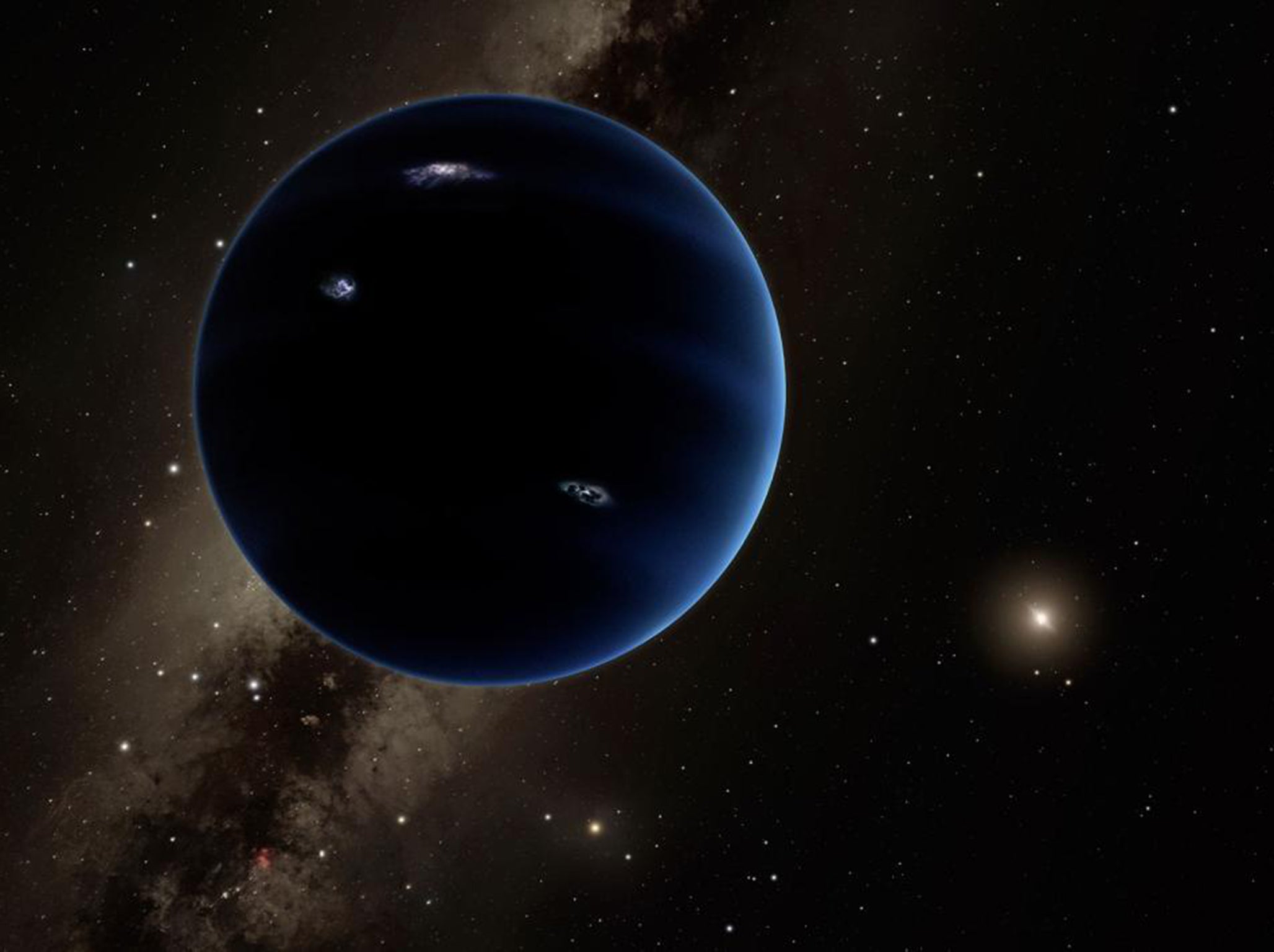Scientists discover possible existence of new planet the size of Mars in our solar system
Massive object is believed to be lurking in the outer solar system

Astronomers believe they have discovered a new planet in the solar system the size of Mars.
A recent research paper claims there is a massive object lurking on the edge of our solar system that is likely to be a previously undiscovered world.
It follows suggestions last year that another planet – nicknamed Planet 9 – appeared to be orbiting the sun from the outer regions of the solar system.
Scientists discovered Planet 9 after noticing that something was exerting a gravitational force on objects in the Kuiper Belt – an area of comets, the dwarf planet Pluto and huge icy objects beyond Neptune that encircles the whole solar system. The unusual orbits of the objects could be explained by a planet with a mass 10 times that of Earth exerting a gravitational pull on them, researchers said.
Now a similar analysis has revealed the possibility of a second new planet, dubbed Planet 10.
In a study to be published in the Astronomical Journal, Kat Volk and Renu Malhotra from the University of Arizona discovered that a number of Kuiper Belt objects (KBOs) are not orbiting in the way they would normally be expected to, suggesting something in the region is exerting a strong gravitational force on them.
“Imagine you have lots and lots of fast-spinning tops, and you give each one a slight nudge,“ Professor Malhotra said. ”If you then take a snapshot of them, you will find that their spin axes will be at different orientations, but on average, they will be pointing to the local gravitational field of Earth.”
Scientists said the most probable explanation for the discrepancy was the existence of a planet, similar in size to Mars, at the edge of the solar system.
“The most likely explanation for our results is that there is some unseen mass,“ Dr Volk said. ”According to our calculations, something as massive as Mars would be needed to cause the warp that we measured.“
Scientists hope the launch of the Large Synoptic Survey Telescope will help them spot the two new planets, should they exist.
Scientific models suggest most planets that enter our solar system would be ejected without causing a significant impact.
Join our commenting forum
Join thought-provoking conversations, follow other Independent readers and see their replies
Comments